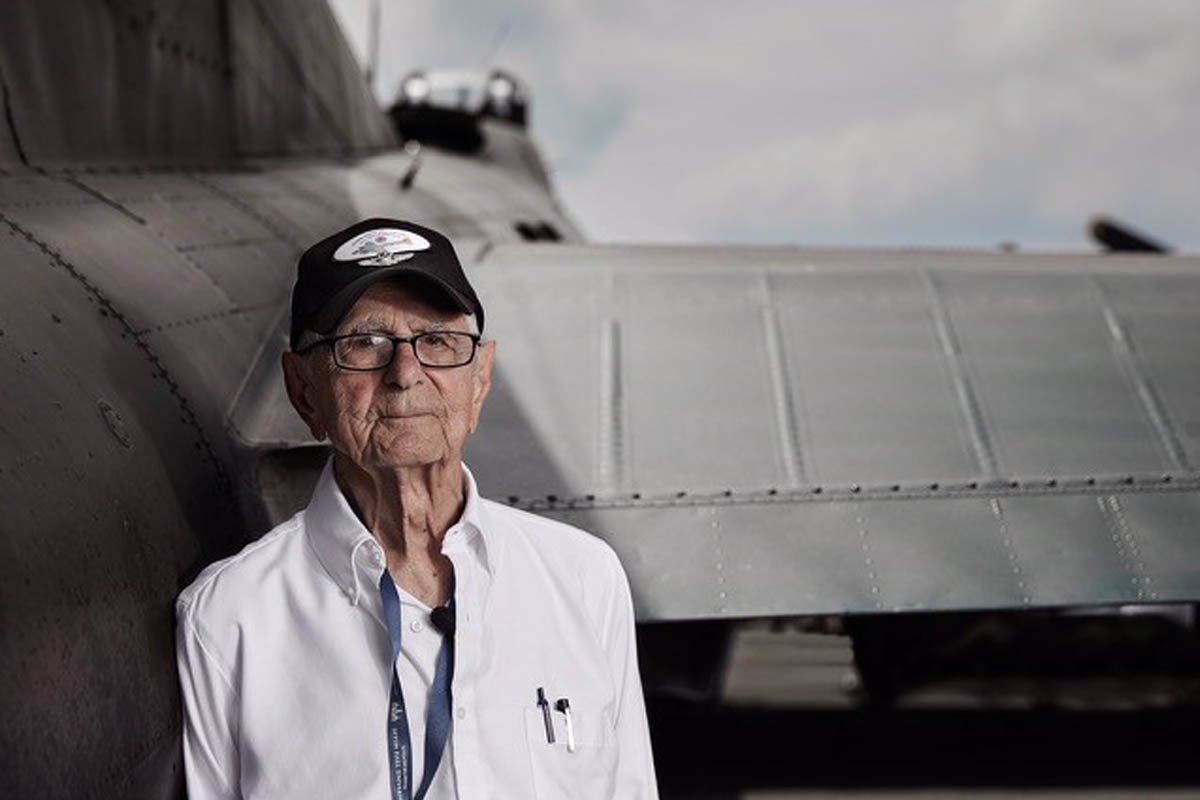
This article was originally published on Dec. 19, 2019, by the Department of Defense.
In 1940, William P. Bonelli, 19, had no desire to join the military. The nation was not yet at war, but Bonelli, who followed the war news in Europe and Asia, said he knew deep inside that war was coming, and probably soon.
Bonelli spoke during a Pentagon visit on Dec. 18, 2019.
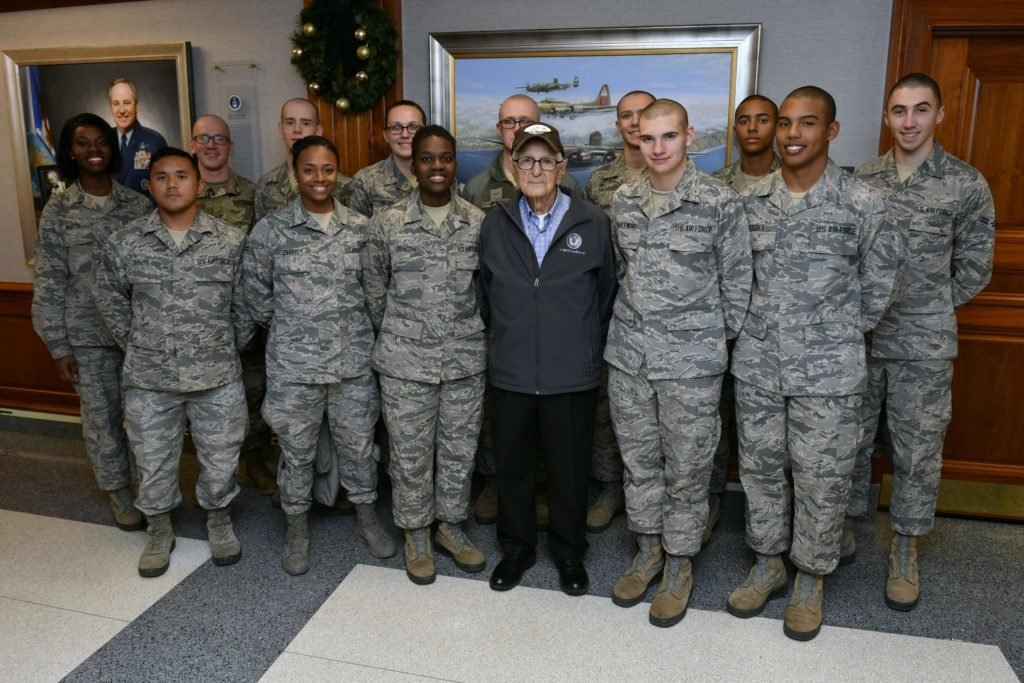
Rather than wait for the war to start and get a draft notice, Bonelli decided to enlist in the Army to select a job he thought he’d like: aviation.
Although he wanted to be a fighter pilot, Bonelli said that instead, the Army Air Corps made him an aviation mechanic.
After basic training, he was assigned to Hickam Air Force Base, Hawaii, where he arrived by boat in September 1940.
On Dec. 6, 1941, Bonelli and a buddy went to a recreational camping area on the west side of Oahu. That evening, he recalled seeing a black vehicle parked on the beach with four Japanese men inside. The vehicle had two long whip antennas mounted to the rear bumper. Bonelli said he thought it odd at the time. Later, he added, he felt certain that they were there to guide enemy planes to targets.
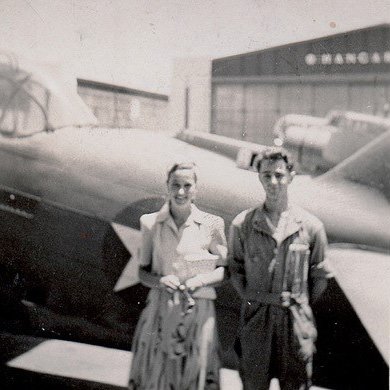
Early Sunday morning, Dec. 7, Bonelli and his buddy drove back to the base. After passing Wheeler Army Airfield, which is next to Honolulu, they saw three small, single-engine aircraft flying very low.
“I had never seen these aircraft before, so I said, jokingly to my friend, ‘Those aren’t our aircraft. I wonder whose they are? You know, we might be at war,'” he remembered.
A few minutes later as they were approaching Hickam, the bombing started. Since they were on an elevation, Bonelli said, they could see the planes bombing the military bases as well as Ford Island, where Navy ships were in flames, exploding and sinking.
Bonelli and his buddy went to the supply room at Hickam to get rifles and ammunition.
“I got in line,” he said. “The line was slow-moving because the supply sergeant wanted rank, name and serial number. All the time, we were being strafed with concentrated bursts.
“Several men were hit but there were no fatalities,” he continued. The sergeant dispensed with signing and said, ‘Come and get ’em.'”
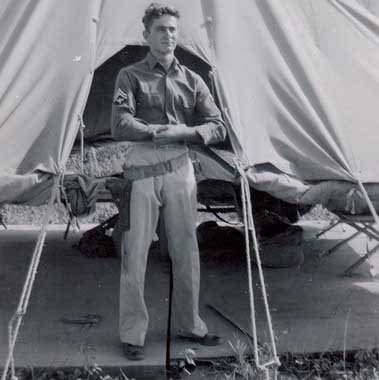
By 8:30 a.m., Bonelli had acquired a rifle, two belts of bullets and a handgun with several clips. He distinctly remembered firing at four Japanese Zero aircraft with his rifle and pistol, but there was no indication of a hit.
Bodies were everywhere, and a bulldozer was digging a trench close to the base hospital for the burial of body parts, he said.
All of the hangars with aircraft inside were bombed, while the empty ones weren’t, he said. “There is no doubt in my mind that the Japanese pilots had radio contact from the ground,” he added.
In 1942, Bonelli’s squadron was relocated to Nadi, Fiji. There, he worked on B-17 Flying Fortress heavy bombers as a qualified engineer, crew chief and gunner.
In 1943, Bonelli resubmitted his papers for flight school and was accepted, traveling back to the United States for training in Hobbs, New Mexico.
He got orders to Foggia, Italy, in 1944 and became a squadron lead pilot in the 77rd Bomb Squadron, 463rd Bomb Group. They flew the B-17s.
Bonelli led his squadron in 30 sorties over Austria, Italy, Germany, Hungary and Czechoslovakia until April 1945, just before the war ended.
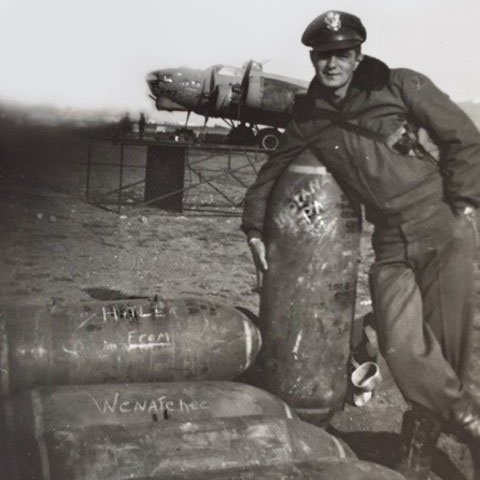
The second sortie over Pilsen, Czechoslovakia, on Oct. 23, 1944, was the one he recalled as being the worst, with much of the cockpit blown apart and the rest of the aircraft shot up badly.
For the next few days, Bonelli said, he felt shaken. The Germans on the ground were very proficient with the 88 mm anti-aircraft weapons, and they could easily pick off the U.S. bombers flying at 30,000 feet, he said.
Normally, the squadrons would fly in a straight line for the bombing runs. Bonelli said he devised a strategy to deviate about 400 feet from the straight-line trajectory on the next sortie, Nov. 4 over Regensburg, Germany.
The tactic worked, he said, and the squadron sustained lighter damage. So he used that tactic on subsequent missions, and he said many lives of his squadron were undoubtedly saved because of it.
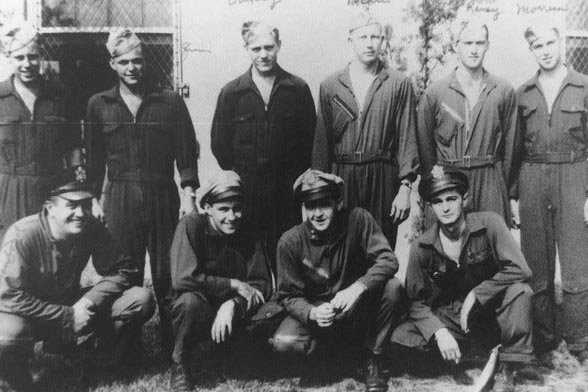
When the war ended, Bonelli had a change of heart and decided to stay in the Army Air Corps, which became the Air Force in 1947. He said he developed a love for flying and aviation mechanic work. He stayed in and retired after having served 20 years.
He also realized his dream to become a fighter pilot, flying the F-84F Thunderstreak, a fighter-bomber, which, he said, was capable of carrying a small nuclear weapon.
After retiring, Bonelli got a career with the Federal Aviation Administration, working in a variety of aviation specialties.
Looking back over his military and civilian careers, he said he was blessed with doing jobs he loves, although there were, of course, some moments of anxiety when bullets were flying.
He offered that a stint or career in the military can be a rewarding experience for ambitious young people.
Read more articles like this at SPOTLIGHT: COMMEMORATING WORLD WAR II.
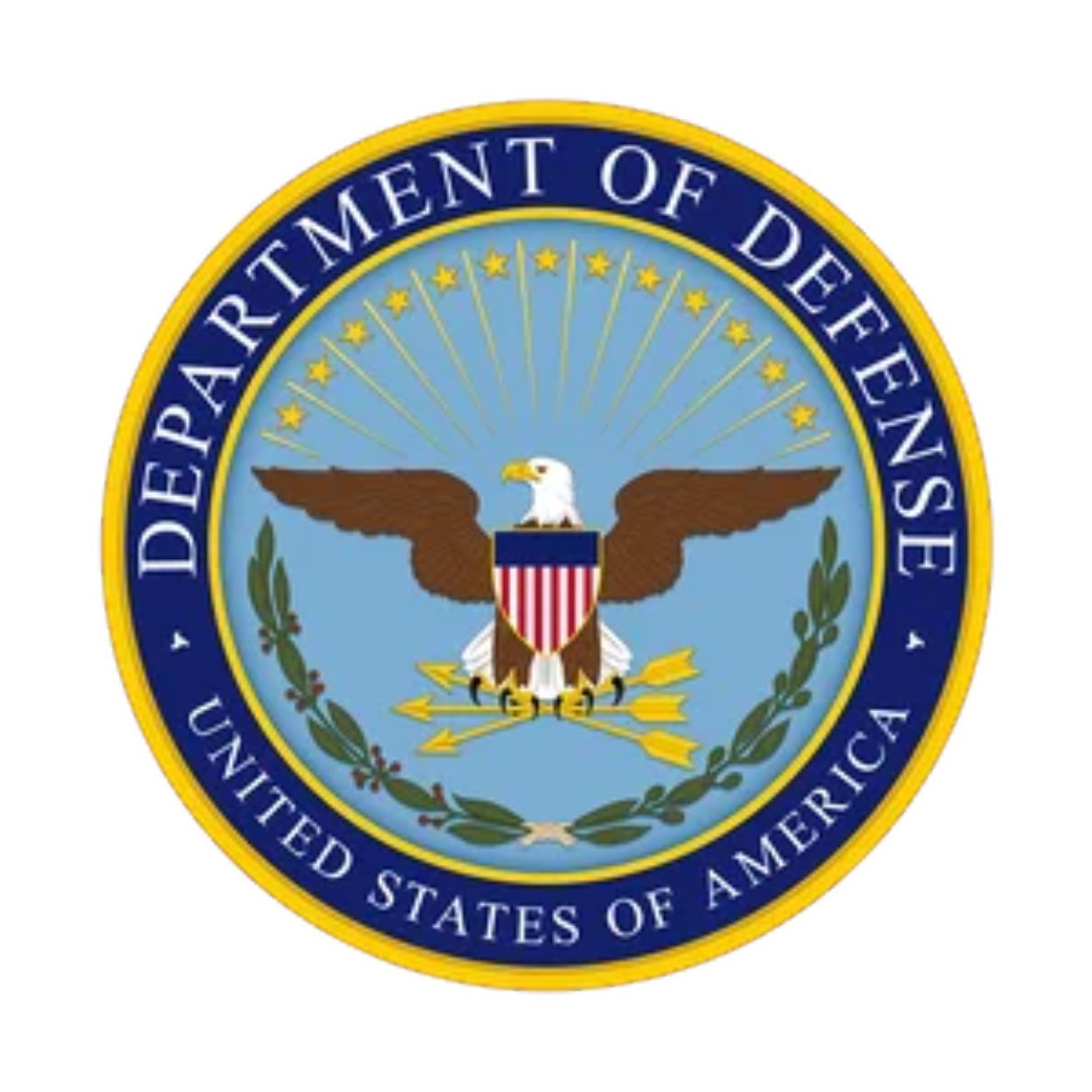
For more content like this, visit defense.gov.
BRCC and Bad Moon Print Press team up for an exclusive, limited-edition T-shirt design!
BRCC partners with Team Room Design for an exclusive T-shirt release!
Thirty Seconds Out has partnered with BRCC for an exclusive shirt design invoking the God of Winter.
Lucas O'Hara of Grizzly Forge has teamed up with BRCC for a badass, exclusive Shirt Club T-shirt design featuring his most popular knife and tiomahawk.
Coffee or Die sits down with one of the graphic designers behind Black Rifle Coffee's signature look and vibe.
Biden will award the Medal of Honor to a Vietnam War Army helicopter pilot who risked his life to save a reconnaissance team from almost certain death.
Ever wonder how much Jack Mandaville would f*ck sh*t up if he went back in time? The American Revolution didn't even see him coming.
A nearly 200-year-old West Point time capsule that at first appeared to yield little more than dust contains hidden treasure, the US Military Academy said.












